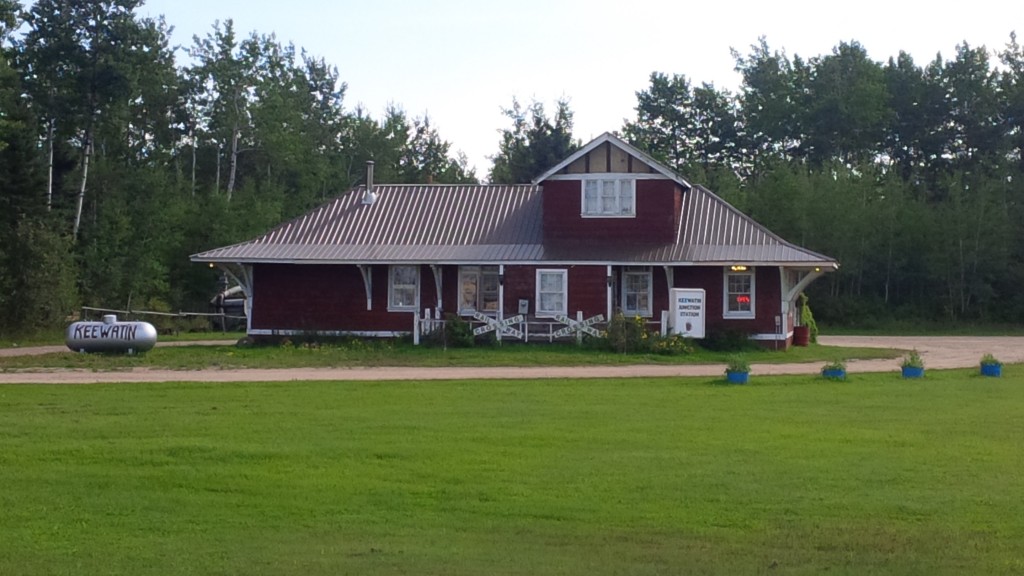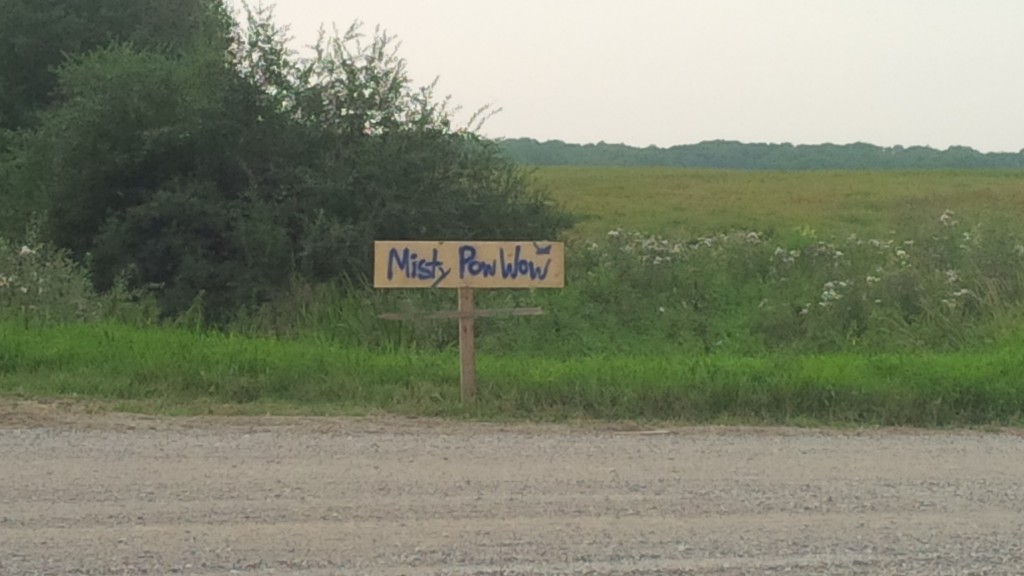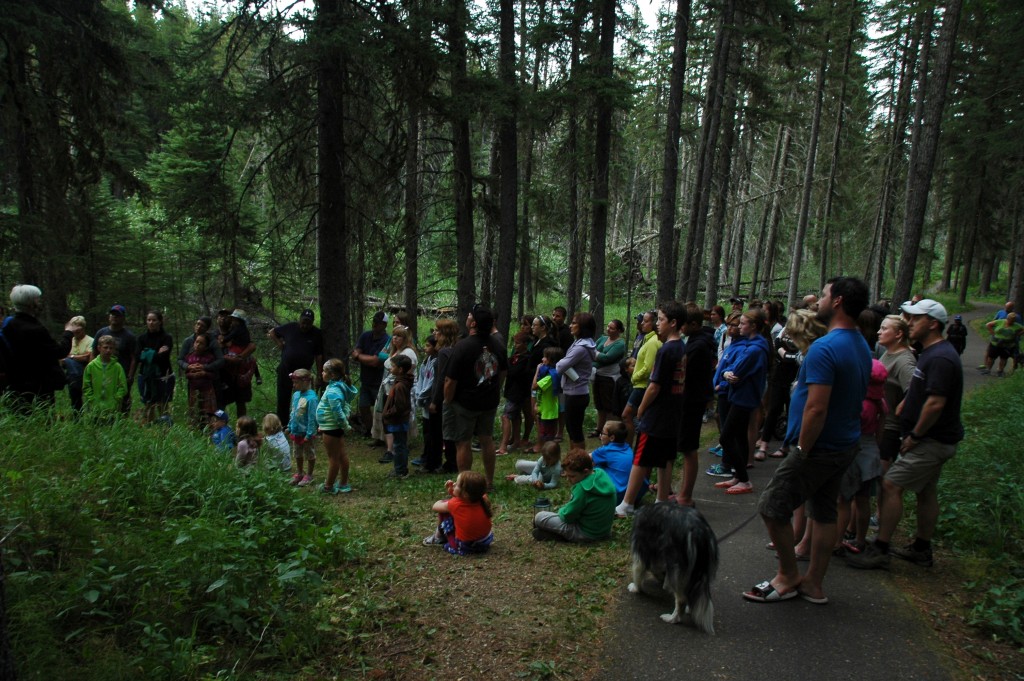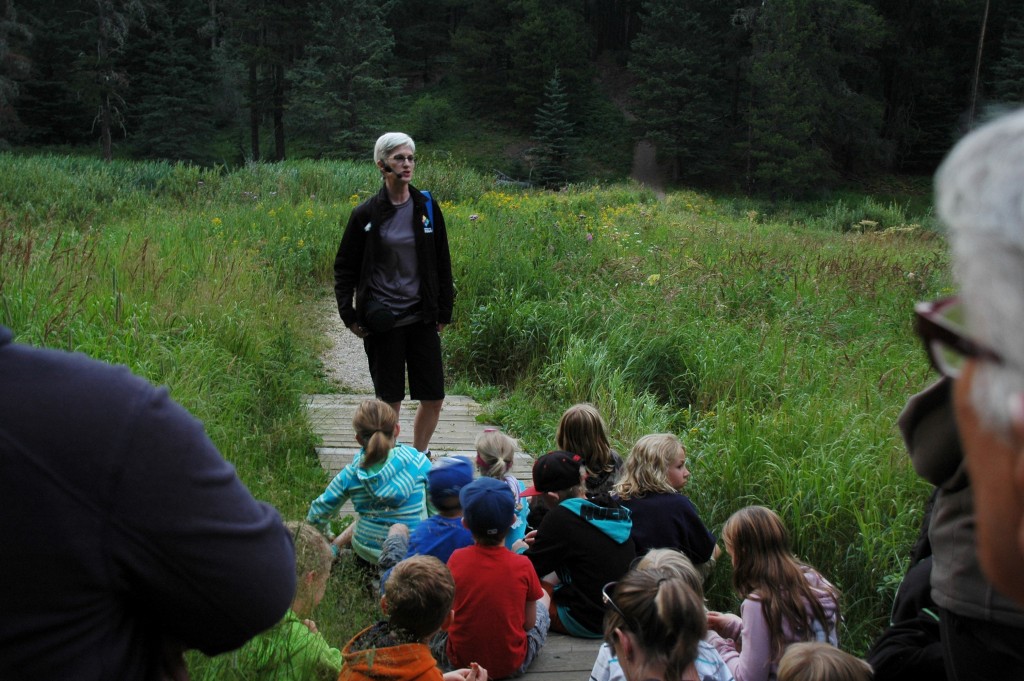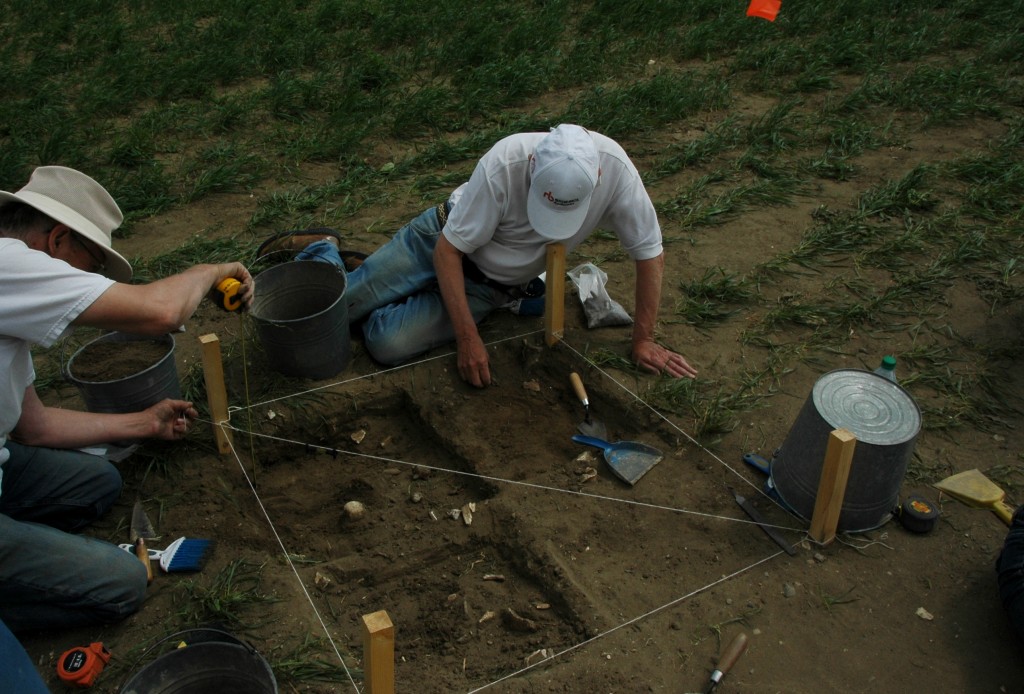Telling Stories
It’s been a whirlwind of a spring, summer and fall. My fellow Community Engagement Animateurs and I began our journey last April, and now, more than six months later, we’ve covered tens of thousands kilometres and engaged in more than 75 communities across the province. Each of us had our own unique way of engaging with those communities, but I think we can all agree that one thing we shared in common was stories.
Whether telling stories, hearing stories, or capturing stories, Carol, Kevin and I were champions of storytelling. Storytelling is one of the most profound ways that people connect with each other. One of my goals in my position as a Community Engagement Animateur was to empower people to tell their own stories, as individuals and as communities.
I am a storyteller myself and as a folklorist, I study and try to interpret other people’s stories as well. My work with Intangible Cultural Heritage is essentially about safeguarding stories, whether they’re tall tales or the knowledge passed from one person to the next. In my workshops, I used storytelling as a tool to connect people to place, to each other, and to their own selves. I asked each participant to tell me about their home place and the story of that place in relation to their own identity. I showed communities how story can be used in powerful ways to connect community members with each other, and to connect community with the wider world.
In the later stages of my time as an animateur, I had the unique opportunity to partner with the National Film Board of Canada’s Grasslands Project. The Grasslands Project is a series of short films documenting life in the southern prairies of Saskatchewan and Alberta which has been shooting over the past six months. I teamed up with the project’s director to offer media clinics in communities across southern Saskatchewan, in Gravelbourg, Mankota, Ponteix and Radville. In addition to communities, we had a couple of workshops which resulted from outreach to people who may not typically access opportunities like this: one was with the Okimaw Ohci Healing Lodge and one with the Southwest Newcomer Welcome Centre.
It was an intensive day which began with my presentation on story, what it means, how we can learn to tell our own stories, and exercises which demonstrate how storytelling brings us together. From this exploration of story and place, participants had a good foundation to begin learning about the craft of film-making from the Grasslands Project director Scott Parker.
Video is one of the most powerful media available for storytelling, for it combines the visual with speech, and it allows us to share our stories with a global audience. But the media clinic participants were not concerned with the global during the making of their short films – each and every one was grounded in local place. The films speak for themselves, and all of them can be viewed on the Grasslands Project Media Clinics Youtube Channel here.
At the end of this particular journey, I have heard many more stories than I told, which is how it should be. I have seen, and heard, firsthand the incredible diversity of this province. And I have learned that despite the diversity of people, landscape and story across this province of ours, we all share one thing in common: we all belong somewhere and we all have a story to tell.
Here is the film we made in Mankota. For the rest of the Grasslands Project media workshop films, visit its Youtube Channel. For more information, see the Grassland Project’s blog and like it on Facebook.



